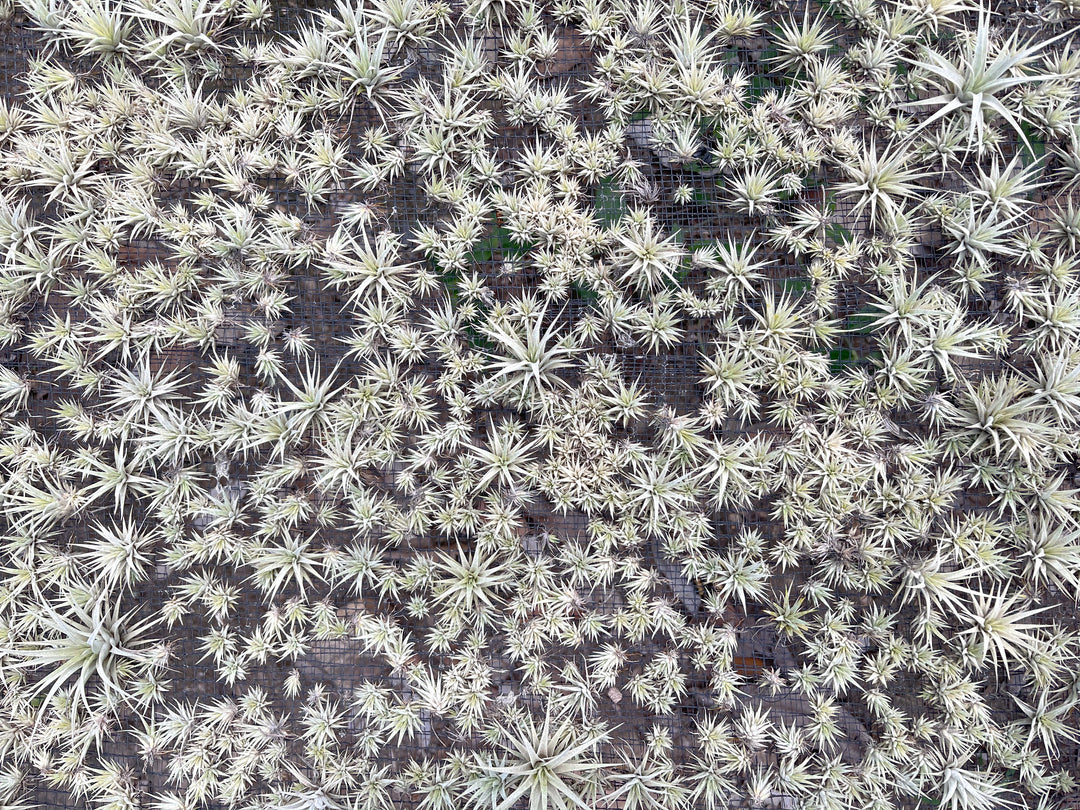
Air Plant Life Cycle: The Many Phases of Tillandsia
Plant lovers are drawn to Tillandsia, commonly known as air plants, because they don’t need soil to grow, have low-maintenance care routines, and for their stunning colors and unusual blooms. What’s equally as fascinating about these species is their unique life cycle and different growth phases. Whether starting as a seed or a pup, every air plant will bloom and reproduce and its journey through these cycles is a rewarding experience for any tilly owner.

Sexual vs A-Sexual Reproduction
Air plants can begin their life as a seedling as seen in the image on the right, through sexual reproduction, or as an offset (also known as “pup”) from the parent plant through a-sexual reproduction. The seeds of air plants are encased in hair-like "parachutes" that are carried by the wind until they attach to a host, such as a tree or rock. Growing an air plant from seed can be a tedious and time-consuming task, and most air plant owners prefer to raise pups that grow and bloom much faster. For a closer look into how air plants multiply, check out our in-depth blog on reproduction.
Growth and Maturation
The size and growth rate of an air plant depend on the species and the environment in which it lives. Some xeric plants, such as the Xerographica, have a slower growth cycle than mesic plants like the Ionantha or Abdita. Full-size air plants can range from just a couple of inches to several feet tall! As the plants mature, new growth will often emerge from the center forming a rosette plant shape as seen in T. Capitata and Harrisii species. Caulescent species, however, such as the T. Cacticola and Albida, will grow in a stem-like fashion with new growth forming higher up the stem as the plant matures. The amount of light, airflow, and humidity provided to the plant will affect its health and growth rate. Weekly watering and access to plenty of bright, indirect light and air circulation will ensure a happy and healthy air plant that will soon bloom and reproduce! For tips on air plant care, visit the Air Plant Care Basics section of our website.

The Blooming Process
A mature air plant will bloom once in its lifetime. The blooms can occur quickly or take several years to appear, and the flowers can last for several days to many months, depending on the species. Excitingly, each species will feature a different type of bloom! The T. Stricta and Aeranthos are adored for their elegant, more traditional single-stem blooms while species like Caput Medusae and Concolor (as seen in the image on the left) produce bright and tropical inflorescence. Ionantha have multiple unique, tubular blooms. The blooming cycle of an air plant is also affected by its care and environment. If you are eager for your air plant to bloom, check out our blog on how to encourage blooming. While an air plant is in bloom, continue to care for and water the plant but be careful not to soak the flowers as they are delicate and will easily wilt. Click here for more information on caring for a blooming air plant. The flowers and bloom stalk will eventually die off but not to worry, the plant is now preparing to reproduce via seed pods or pups! Keep reading!

Pups
Once an air plant has bloomed, keep an eye out for tiny growths, usually between the bottom leaves. These offsets are referred to as pups and will continue to grow attached to the mother plant as seen in the image on the right. The pups can be propagated once they are about one-third the size of the parent plant or left attached to form a clump. As the pups grow larger, the parent plant will often fade and die off, but each pup will continue to survive and follow the life cycle by maturing, blooming, and producing pups of their own!
Did some of the terms used in this blog go over your head? Read our blog: All Things Air Plant: A Dictionary for Air Plant Terms!



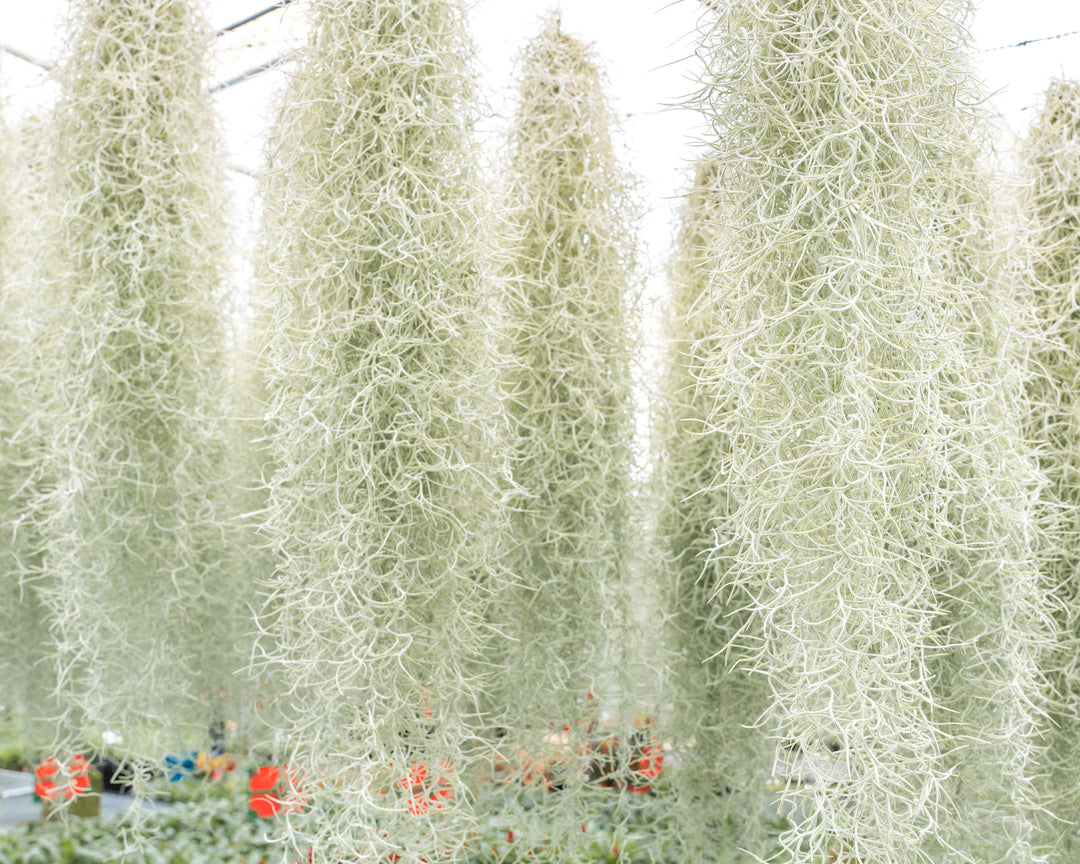
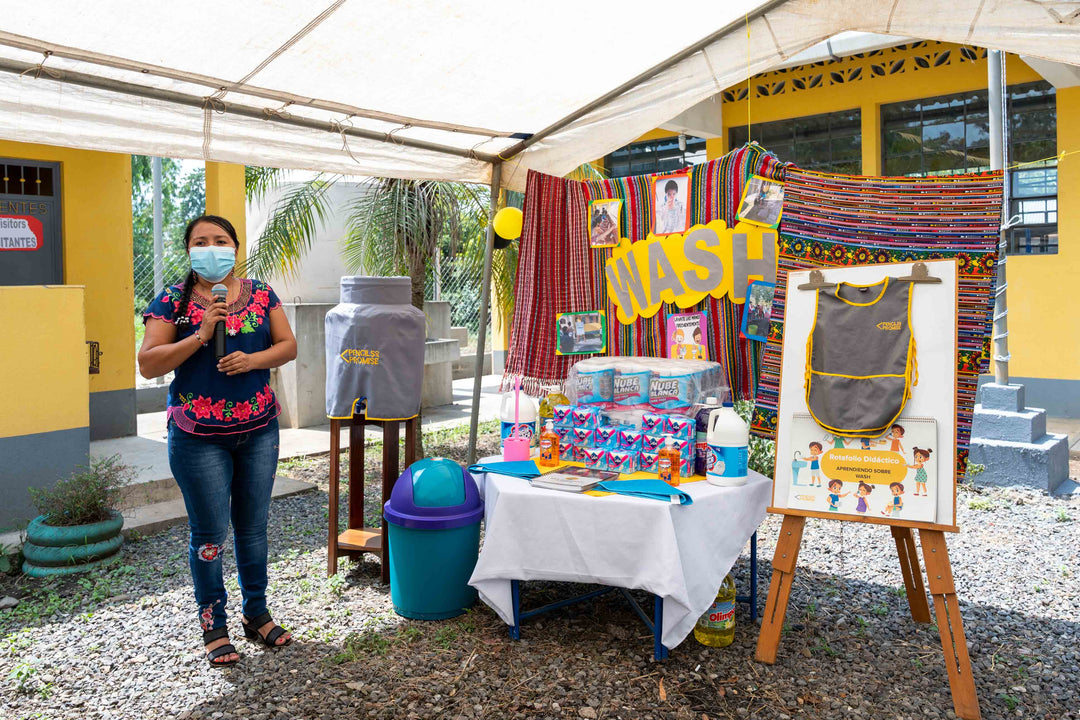
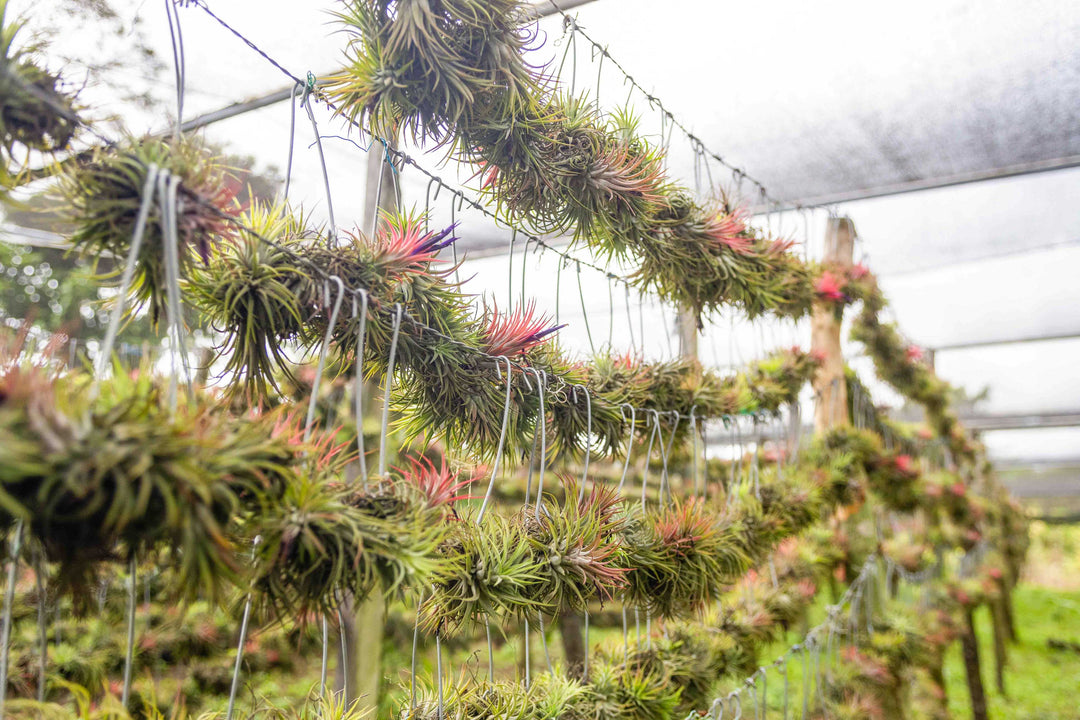
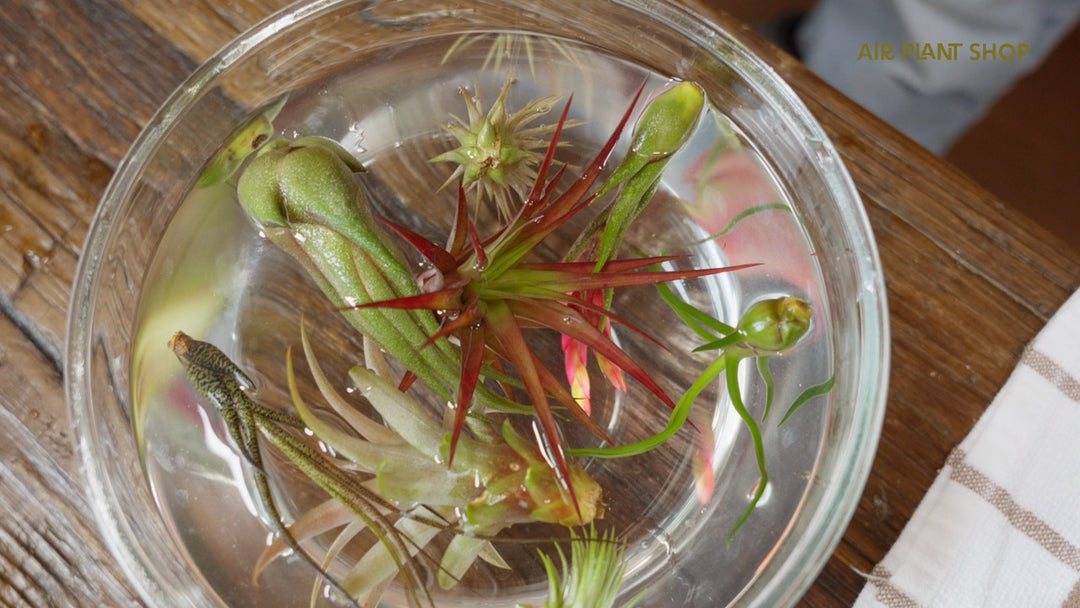

Leave a comment